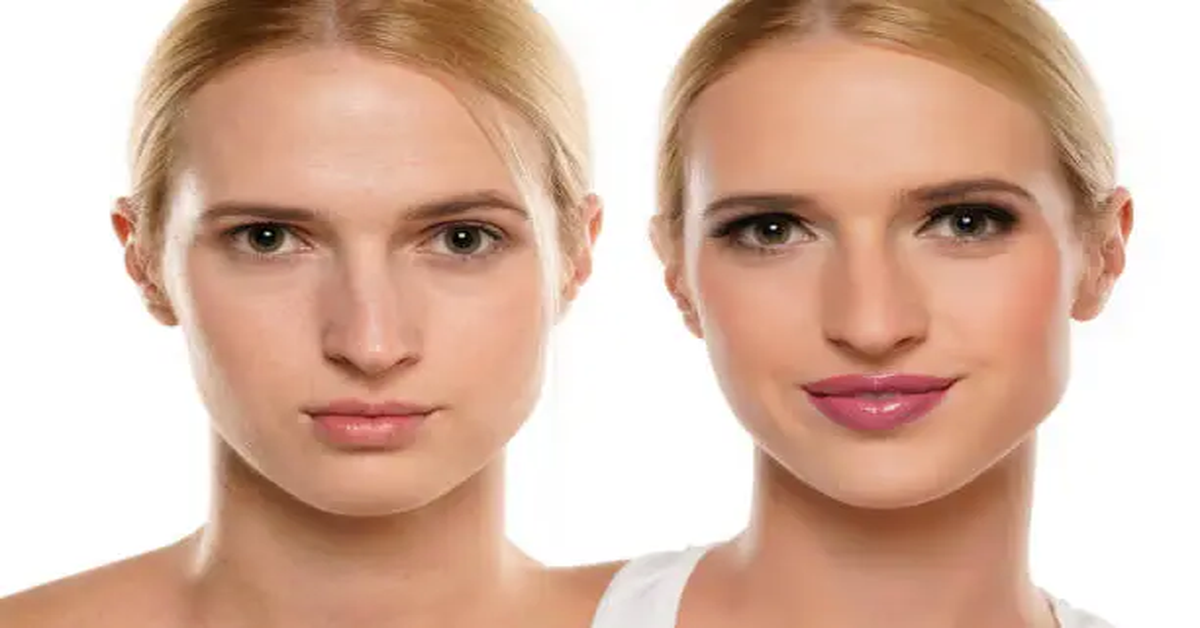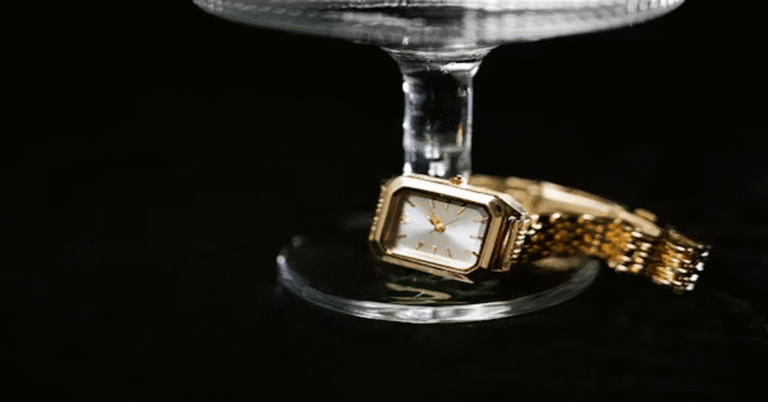
The pursuit of natural beauty and facial balance has led to the rise of many minimally invasive cosmetic procedures. Among these, the lip flip has become a popular choice for individuals who want subtle yet noticeable improvements in their lip appearance without undergoing surgery. Unlike traditional dermal fillers that add volume, a lip flip focuses on enhancing the upper lip’s shape, creating the illusion of fuller, more defined lips with minimal intervention.
When people research this treatment, they often look for “lip flip before and after” examples to understand the differences the procedure can make. These transformations help demonstrate how small adjustments in lip positioning can drastically improve overall facial harmony. In this comprehensive article, we will cover everything you need to know about the lip flip procedure, what results to expect before and after, how it compares to fillers, potential risks, recovery, and long-term outcomes.
What is a Lip Flip?
A lip flip is a non-surgical cosmetic procedure performed using Botulinum toxin injections (commonly Botox®). Instead of filling the lips with hyaluronic acid, this treatment relaxes the orbicularis oris muscle around the mouth. As a result, the upper lip subtly “flips” outward, revealing more of the pink lip tissue and giving the impression of increased fullness.
The technique involves very small injections, usually 2–4 units of Botox, strategically placed along the upper lip border. The effect is not dramatic like lip fillers; rather, it produces a natural enhancement that highlights the lips without changing their volume significantly. This makes it especially appealing to individuals who want a more understated change or who are trying cosmetic procedures for the first time.
Lip Flip Before and After: What to Expect
Before a Lip Flip
Before the procedure, patients often notice:
- A thinner or less visible upper lip when relaxed.
- The upper lip “disappears” when smiling due to muscle tension.
- A lack of definition in the cupid’s bow area.
- Minor asymmetries between upper and lower lips.
After a Lip Flip
After treatment, patients typically see:
- A more defined, slightly fuller upper lip.
- A visible cupid’s bow that enhances the lip shape.
- Less “gummy smile” appearance due to muscle relaxation.
- A subtle, natural change rather than dramatic volume increase.
| Feature | Before Lip Flip | After Lip Flip |
|---|---|---|
| Upper Lip Visibility | Thin, may disappear when smiling | Flipped outward, more visible |
| Cupid’s Bow Definition | Less pronounced | More sculpted and highlighted |
| Smile Appearance | Shows excessive gums in some cases | Reduces gummy smile visibility |
| Lip Volume | Natural, unchanged | Appears slightly fuller (illusion only) |
| Aesthetic Impact | Neutral or less balanced | Subtle improvement, enhanced harmony |
The Procedure Step by Step
Understanding the lip flip process helps demystify what happens between the “before” and “after” stages:
- Consultation
A licensed provider evaluates your lip shape, smile dynamics, and expectations. They explain what a lip flip can and cannot achieve compared to fillers. - Preparation
The lips and surrounding area are cleansed. Topical numbing cream may be applied, although most patients report minimal discomfort. - Injection Process
Tiny amounts of Botox are injected into the upper lip border, especially near the cupid’s bow and corners of the mouth. - Post-Procedure
The entire session takes less than 15 minutes. Patients can return to normal activities immediately but should avoid rubbing the area. - Onset of Results
Unlike fillers, the results are not instant. Changes gradually appear within 3–7 days, with full effects visible by two weeks.
Advantages of a Lip Flip
The growing popularity of lip flips lies in the unique benefits they provide:
- Natural Enhancement: Creates the illusion of volume without physically enlarging the lips.
- Quick and Easy: The procedure is fast, often completed during a lunch break.
- Minimal Downtime: Patients can resume daily activities immediately.
- Affordable: Since it uses only a few units of Botox, it is less expensive than fillers.
- Reversible: Effects fade naturally within 2–3 months, allowing flexibility for future decisions.
- Improves Smile: Particularly beneficial for reducing a gummy smile without surgery.
Limitations and Risks
No cosmetic procedure is without limitations, and the lip flip is no exception:
- Temporary Results: Effects last only 2–3 months, requiring repeat sessions.
- Limited Volume Change: Does not add significant fullness like fillers.
- Potential Weakness: Over-relaxation of lip muscles can make it difficult to drink from a straw or whistle temporarily.
- Bruising or Swelling: Mild side effects may occur at injection sites.
- Requires Skilled Provider: Precision is key; poorly placed injections may affect lip function.
Lip Flip vs. Lip Fillers
Patients often compare lip flips to fillers when researching “before and after” outcomes. While both enhance lips, their approach and results differ:
| Feature | Lip Flip | Lip Fillers |
|---|---|---|
| Method | Botox relaxes upper lip muscles | Hyaluronic acid adds volume |
| Effect | Subtle outward flip, illusion of fullness | Noticeable increase in lip size |
| Cost | Lower (few units of Botox) | Higher (1–2 syringes of filler) |
| Duration | 2–3 months | 6–12 months |
| Best For | First-timers, gummy smile correction | Patients seeking fuller, plumper lips |
| Recovery | Minimal, almost none | Mild swelling, bruising possible |
Many individuals even combine both treatments for balanced results—using fillers for volume and a lip flip for shape enhancement.
Who is a Good Candidate?
A lip flip is best suited for people who:
- Have a thin upper lip that curls inward when smiling.
- Want to reduce the appearance of a gummy smile.
- Desire subtle improvement rather than dramatic change.
- Prefer a short-term, low-commitment procedure.
- Are not ready for fillers or surgery but want enhancement.
It may not be recommended for individuals with significant lip volume concerns, those allergic to Botox, or people seeking long-lasting results without maintenance.
Lip Flip Before and After Timeline
| Timeframe | What Happens |
|---|---|
| Day 1 | Injections administered, mild swelling possible |
| Days 2–3 | Slight improvement, lips begin to relax |
| Days 4–7 | Noticeable outward “flip” of the upper lip |
| Week 2 | Final results visible, lips appear fuller and defined |
| Months 2–3 | Effects gradually fade, lips return to baseline |
Recovery and Aftercare
While recovery is minimal, following aftercare tips ensures optimal results:
- Avoid massaging or pressing the lips for at least 24 hours.
- Refrain from vigorous exercise for 24 hours to prevent Botox migration.
- Do not consume alcohol immediately after the procedure.
- Sleep on your back the first night to avoid pressure.
- Stay patient—results take up to two weeks to fully appear.
Cost of a Lip Flip
The cost varies depending on the provider, location, and clinic reputation.
| Region | Average Cost (per session) |
|---|---|
| United States | $80 – $200 |
| United Kingdom | £70 – £150 |
| Australia | AUD 100 – AUD 250 |
| India | ₹6,000 – ₹12,000 |
| Middle East | $100 – $250 |
Compared to fillers, lip flips are more budget-friendly, making them attractive for patients who want subtle changes without a big financial commitment.
Realistic Expectations: Understanding Results
It is important to emphasize that lip flips provide subtle changes. The “before and after” differences are noticeable but not dramatic. Patients looking for significant volume should consider fillers, while those seeking small enhancements, a prettier smile line, and better lip balance often find lip flips ideal.
Psychological and Social Impact
The transformation achieved through a lip flip goes beyond physical change. Patients often report increased self-confidence, especially in professional or social settings where appearance plays a role. Unlike dramatic procedures, the lip flip provides natural results that make patients feel like the best version of themselves without fear of looking “overdone.”
Combining Lip Flip with Other Treatments
For enhanced results, lip flips can be combined with:
- Lip Fillers: For volume plus shape improvement.
- Chin or Jawline Botox: To harmonize the lower face.
- Skin Treatments (Microneedling, Chemical Peels): To improve skin texture and highlight lip area.
This integrated approach ensures overall facial balance rather than focusing on lips alone.
Long-Term Considerations
Since lip flips last only 2–3 months, patients should prepare for maintenance if they wish to keep results. Many choose to repeat treatments 3–4 times a year. Over time, some individuals transition to fillers or surgical options if they desire more permanent results.
Conclusion
The “lip flip before and after” journey reveals just how powerful subtle changes can be in cosmetic aesthetics. By relaxing the upper lip muscles, the procedure enhances visibility, creates a natural fullness, and reduces gummy smiles—all without adding actual volume. It is quick, affordable, and low-risk, making it an attractive choice for first-time patients and those seeking understated elegance.
When deciding on this treatment, it is essential to have realistic expectations, understand its temporary nature, and choose a qualified provider for safe, satisfying results. Ultimately, the lip flip represents modern cosmetic care’s move toward natural beauty, minimal invasiveness, and patient empowerment.
FAQs
1. How long do lip flip results last?
Lip Flip Before and After results typically last 2–3 months, after which the effects gradually fade.
2. Does a lip flip make lips bigger?
No, it does not add actual volume. Instead, it relaxes the upper lip to create the illusion of fullness.
3. Is a lip flip painful?
The injections cause minimal discomfort, often compared to a quick pinch, and numbing cream can be used if needed.
4. Can I combine a lip flip with fillers?
Yes, many patients combine both for enhanced volume and shape, achieving a balanced and natural result.
5. Are there risks with lip flips?
Minor risks include swelling, bruising, or temporary difficulty drinking with a straw. Choosing an experienced provider minimizes these risks.




